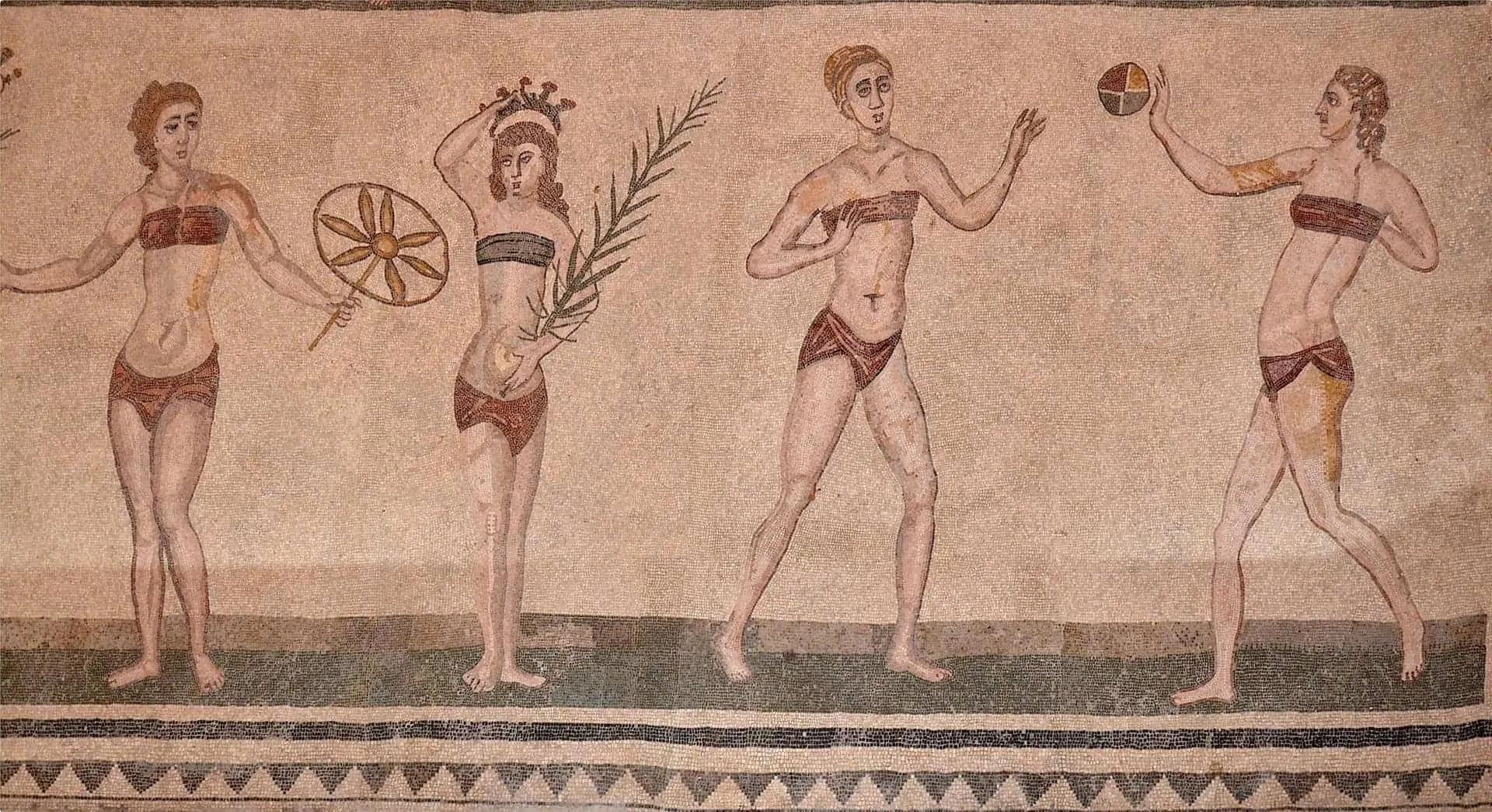
Mitogenome Evolution in Sicily: 15,000 Years of Genetic History
Mitogenome Evolution in Sicily: 15,000 Years of Genetic History
The comprehensive study by Tommasi et al. offers an extraordinary journey into the heart of Sicily's genetic past, exploring a magnificent mosaic of cultures that converged on this Mediterranean island over fifteen millennia. Sicily, positioned strategically at the crossroads between Europe and Africa, has served as a dynamic bridge for human migrations, creating one of the most genetically diverse populations in the ancient world.
Uncovering Ancient DNA from Archaeological Treasures
Sicily's remarkable archaeological heritage provided invaluable samples from sixteen different excavation sites, offering unprecedented glimpses into civilizations as ancient as 14,700 years ago. Among these extraordinary discoveries are a Mesolithic individual from Grotta dell'Uzzo in Trapani and an Imperial-period figure from Grotta di San Teodoro in Messina. These historically rich sites, abundant with cultural artifacts and grave goods, have now revealed their deepest secrets through mitochondrial DNA analysis.
The archaeological backdrop encompasses legendary locations including the ancient Phoenician stronghold of Motya, the Greek settlement at Himera, and the prehistoric caves of Baucina. Each site narrates unique stories of human settlement, cultural exchange, and technological advancement spanning from the Paleolithic hunter-gatherer communities through the Roman Empire and into the medieval period.
Genetic Discontinuity Between Ancient Periods
This groundbreaking research, analyzing 116 ancient mitogenomes alongside 236 modern Sicilian genomes, reveals a dramatic genetic transformation between the Paleolithic/Late Mesolithic and Early Neolithic periods. The study identifies two distinct mitochondrial DNA lineages that mark this crucial transition: U5b, characteristic of Western Eurasian hunter-gatherers, and U8b/K, associated with Neolithic farming populations originating from Anatolia and the Near East.
The U5b haplogroup dominated the island's genetic landscape during the Paleolithic and Mesolithic periods, representing communities of skilled hunter-gatherers who had adapted to the Mediterranean environment over thousands of years. However, the arrival of Neolithic pioneers bearing the U8b/K lineage marked a revolutionary cultural and genetic dawn, gradually replacing the earlier populations and establishing agricultural societies that would transform Sicily's social fabric forever.
Pathways Across the Mediterranean Sea
Sitting at the confluence of three continents, Sicily flourished as an essential corridor for human migrations throughout antiquity. The island's inhabitants, from Stone Age foragers to Bronze Age traders, created an intricate tapestry of genetic flow that connected the diverse populations of Western Eurasia and North Africa. Archaeological evidence from sites like the Greek colonies and Phoenician trading posts demonstrates how Sicily became a melting pot where different cultures, technologies, and genetic lineages converged.
The genetic data reveals continuous maternal gene flow from varied European and African origins, reflecting the island's role as a bustling maritime hub. Evidence suggests that significant migrations began during the Neolithic expansion and continued through successive waves of colonization by Greeks, Romans, Arabs, Normans, and other Mediterranean peoples, each contributing unique genetic signatures to the evolving Sicilian population.
Archaeological Context and Cultural Significance
The ancient sites examined in this genetic analysis represent far more than mere geographical locations; they are repositories of human stories that illuminate the multicultural fabric of Sicily's extraordinary past. The sophisticated burial practices, diverse grave goods, and architectural remains from settlements like the Greek cities and Roman villas come alive when connected to their genetic footprints, revealing the complex influences that shaped Sicilian culture across centuries.

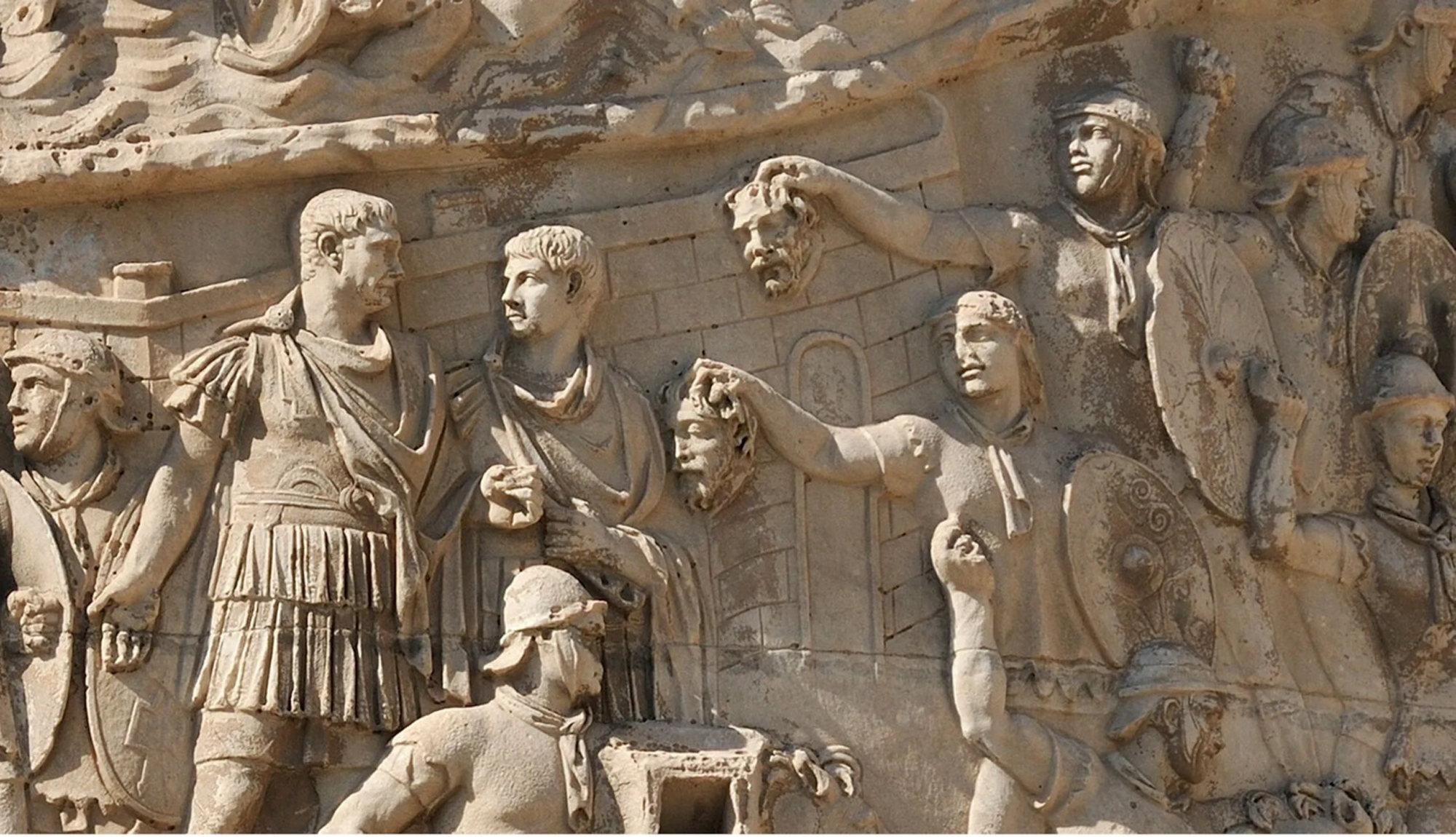
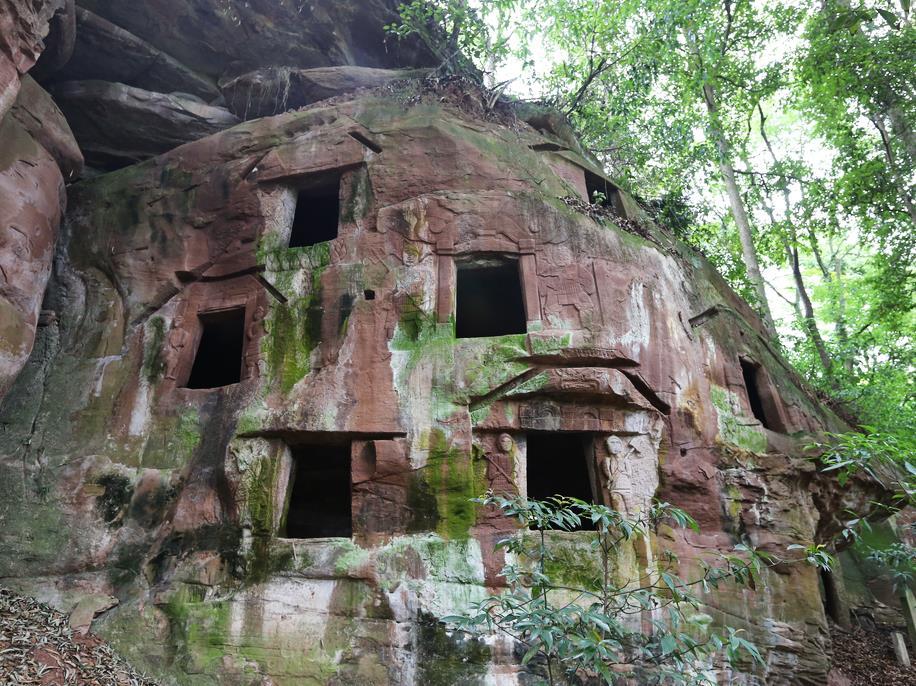

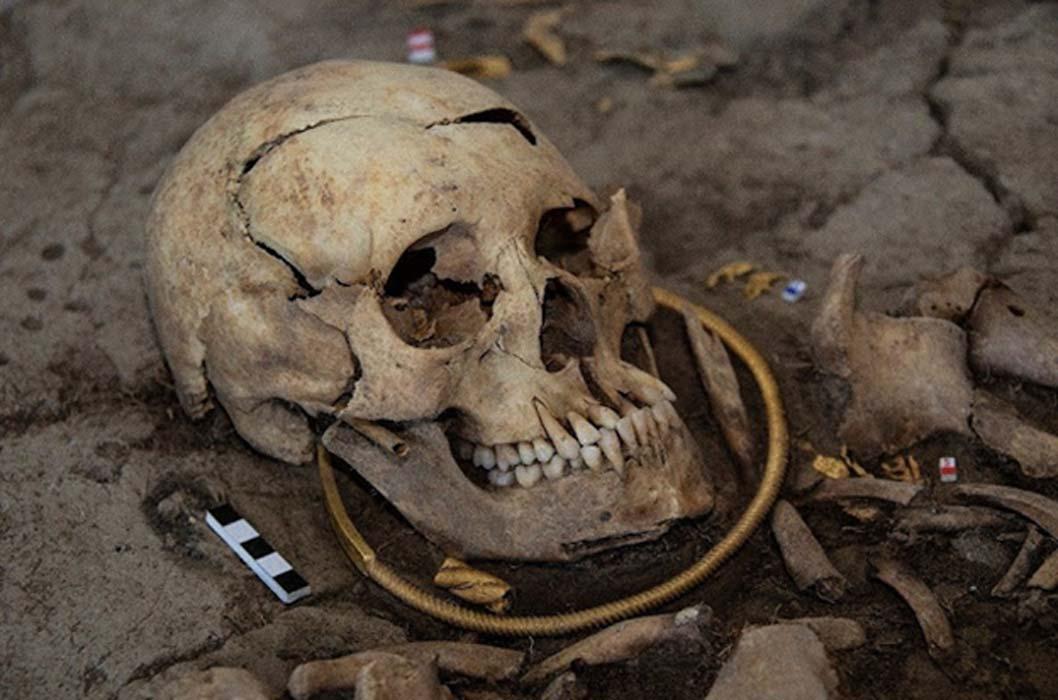
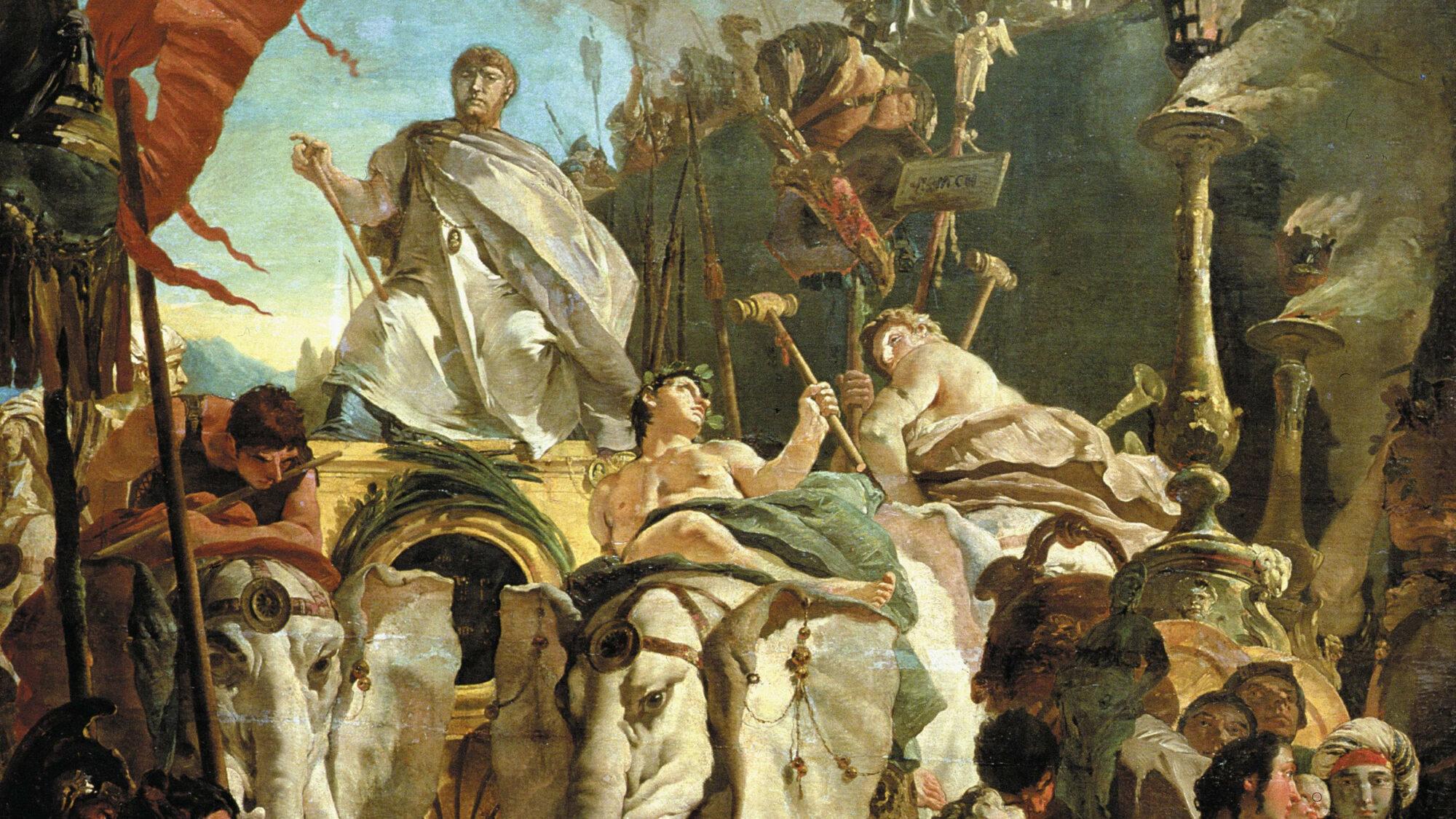
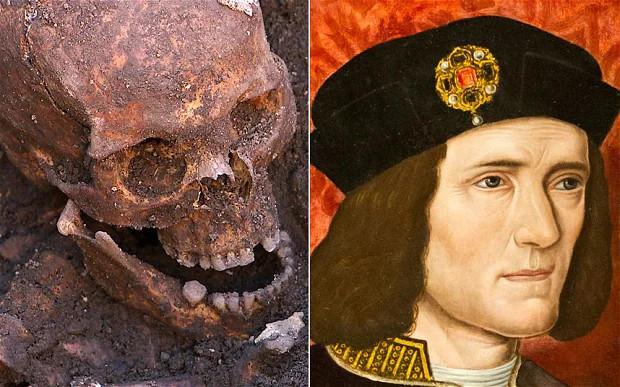
Comments